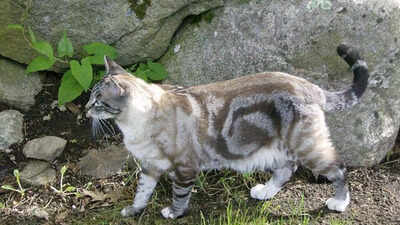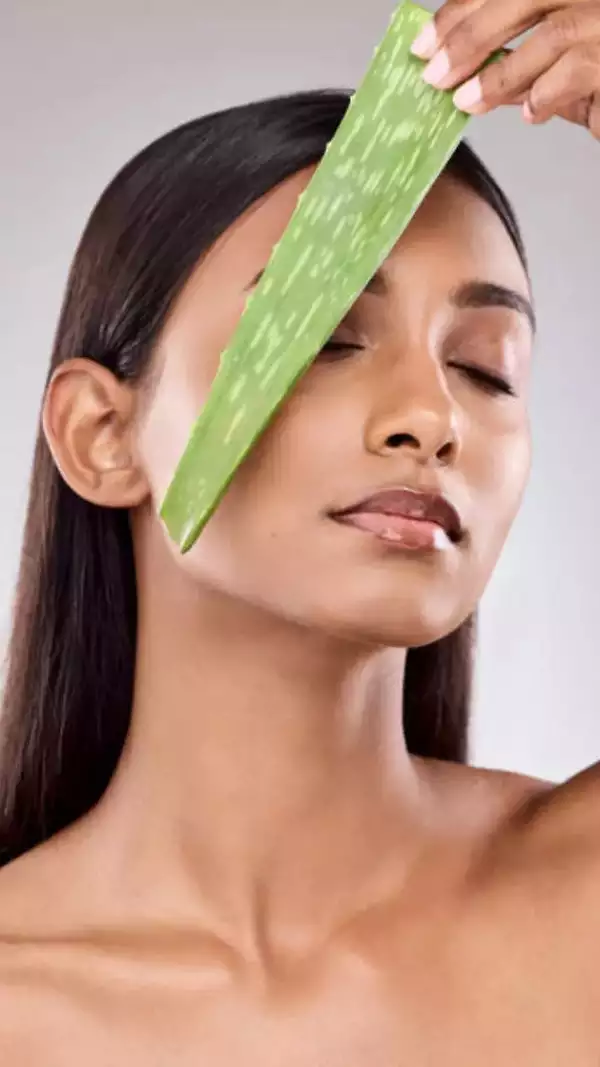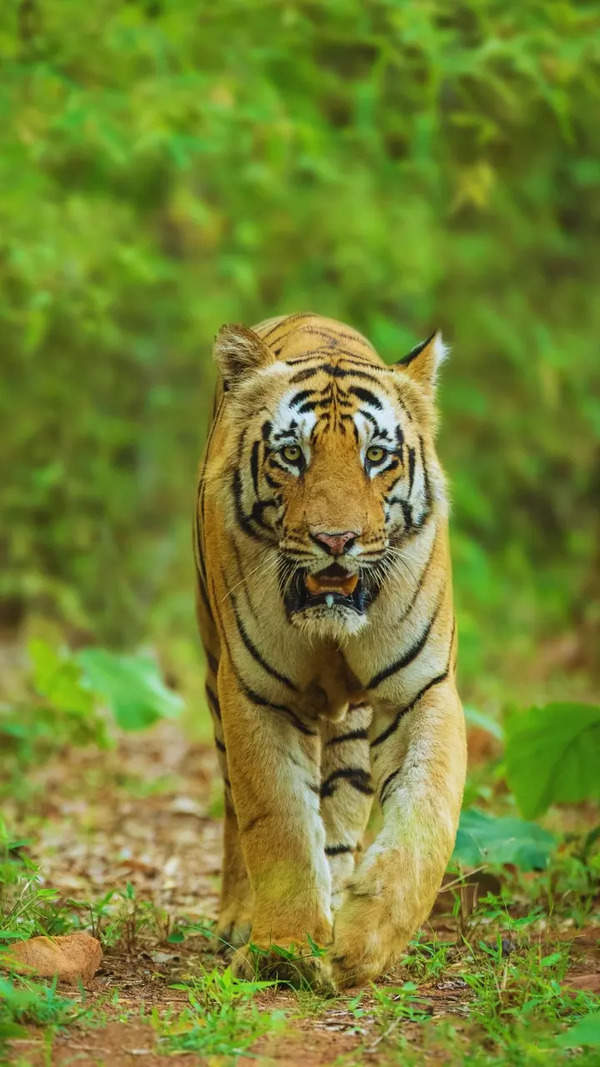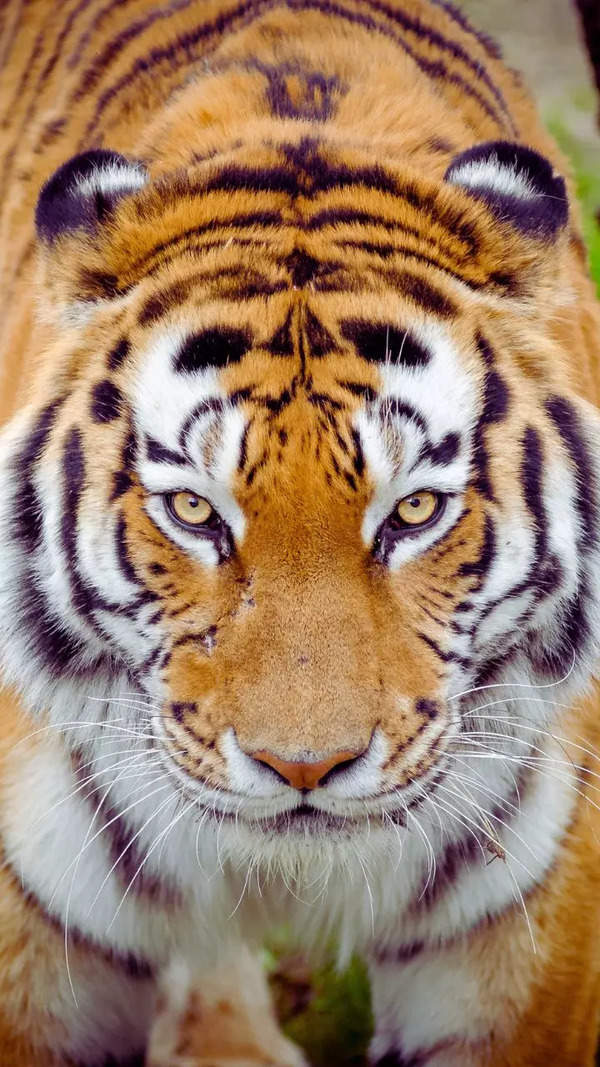Trending
10 unique cat fur patterns that will amaze you
Explore the diverse and captivating world of domestic cat fur patterns ranging from classic and mackerel tabbies to sophisticated bi-color and enchanting calico patterns. Learn how these genetic combinations not only enhance their beauty but also shed light on evolutionary adaptations. Delve into the fascinating blend of genetics and environment that creates such remarkable fur designs.
Domestic cats with their wide varieties of colors and fascinating cat fur patterns have a solid display of the variations of genetics and evolution. Such stunning diversity in fur patterns between our domestic animals is the result of a precise ballet of genes, environment, and sometimes the play of destiny. The stunning cat fur patterns are not just for elegance but also help tell us things about the feline evolutionary past and survival methods. In this article, we explore the unique fur patterns in domestic cats, their origins, and diversity, and how each cat fur pattern collaborates to make the cat beautiful and adaptable. From the classic tabby to the theatrical color-point, each fur pattern testifies to nature's creativity.
Types of cat fur patterns
Classic tabby
The coat of the traditional tabby, or ‘bullseye’ or "swirled," is the most typical fur pattern of house cats. It features wide, rounded spots on the sides and a clear ‘M’ on the forehead. Swirls are light or dark, large or small, and break up with movement. This is a remnant of the feral ancestry of the cat and fine camouflage.
Mackerel tabby
Mackerel tabby pattern is characterised by set close and parallel lines running down the cat's vertical sides, resembling in structure to fish bones. It has also been called "tiger stripes," and it is theorised that this type of pattern would be among the earliest to appear as it assists when stalking and ambushing prey. The mackerel tabby pattern is found on most of the domestic breeds as a blend of form and appearance.
Spotted tabby
Although both the mackerel and the traditional tabbies have stripes running up and down, the spotted tabby forms well-defined spots on the body. The spots can be small dots or rosettes, depending on the coat color of the wild big cats like the leopards and ocelots. Its gene is also researched by scientists because the outcome produces a very distinct and handsome coat pattern, which is very different from the mackerel or classic tabbies' stripes.
Ticked tabby
The ticked tabby pattern stands out among tabby patterns since it doesn't include stripes or spots like usual. The ticked tabbies do possess a more solid color because they possess agouti hairs—their fur is striped with varying colors. This produces the ticked tabbies with a mottled, "salt-and-pepper" or "sand" effect, typical of cats like the Abyssinian. The ticked tabby coat is not so bright but with a glossy coat that may be observed when light is placed upon it.
Solid or self-colour
Solid-colored cats possess a solid coat that lacks color breakage or marking. The "self-color" type centers on the one color of the coat of the cat. Black and white cats are good examples, but the pattern may be of any color. Mutations in the genes controlling the deposition of the pigment tend to create a solid-colored coat, an example of the richness and diversity of cat genetics.
Bi-colour
Two-colored, bi-color cats possess two-colored fur, often white and some other simple color such as black, gray, or orange. They may have patterns ranging from a small percentage of white to more white, such as the traditional "tuxedo" cats, which appear dressed in tuxedos. Such a pattern results from a genetic process known as piebalding, whereby patches of colored fur possess white, unpigmented patches.
Calico
Calico cats represent an enchanting mixture of orange, black, and white. Calicos appear as females due to the X chromosome gene effect. Tri-color effect is observed due to X-inactivation when one of the two X's present in every cell gets silenced and this causes patches to become uniquely colored. Patterns on calicos change from one cat to another, thus making them a favourite among cat lovers.
Tortoiseshell
Torties are a combination of orange and black, not white, and are distinct from calicos. They possess coats that look like exquisite patchwork of bright reds and brows, created via the same method of genetics—X-inactivation—as calicos. Tortie coats range from large, solid blotches to pale, woven blends of color.
Smoke
Smoke-patterned cats have lighter undercoats that are white or light-colored, a surface coat that appears solid color, and an otherworldly shimmering quality as the cat moves. The smoke color is caused by a recessive gene that lightens the base hair color and gives the shimmering quality. The smoke pattern is found in long-haired breeds with flowing hair, making them appear fairy-like.
Color point
Color-point cats are lighter-colored in the body and extremities darker-colored, e.g., face, ears, paws, and tail. This is because of temperature-sensitive genes leading to extremity darkening of colder regions. A prevalent feature in Siamese and Himalayan breeds, color-pointed appearance not only possesses visual appeal but also expresses an adaptive purpose towards climatic regulation at an evolutionary level.
Also Read|Fastest animals in the world from kangaroo to common impala and their incredible adaptations

About the Author
TOI Lifestyle DeskEnd of Article
FOLLOW US ON SOCIAL MEDIA
Visual Stories
Tired of too many ads?










